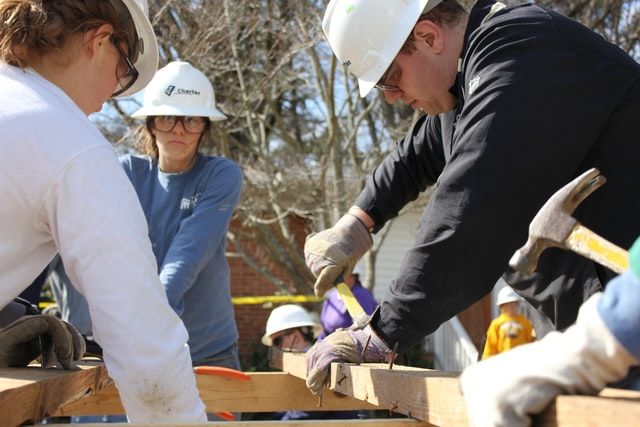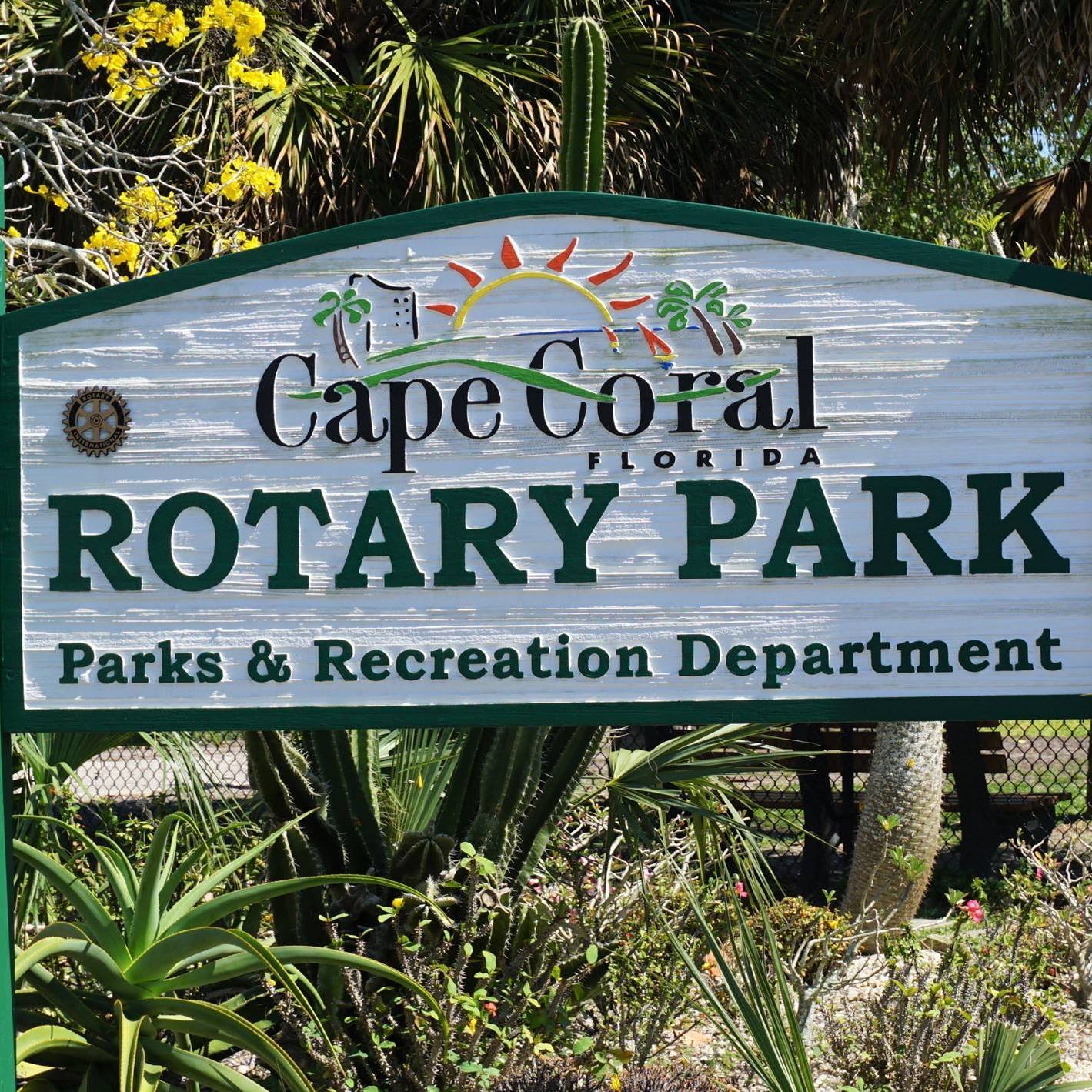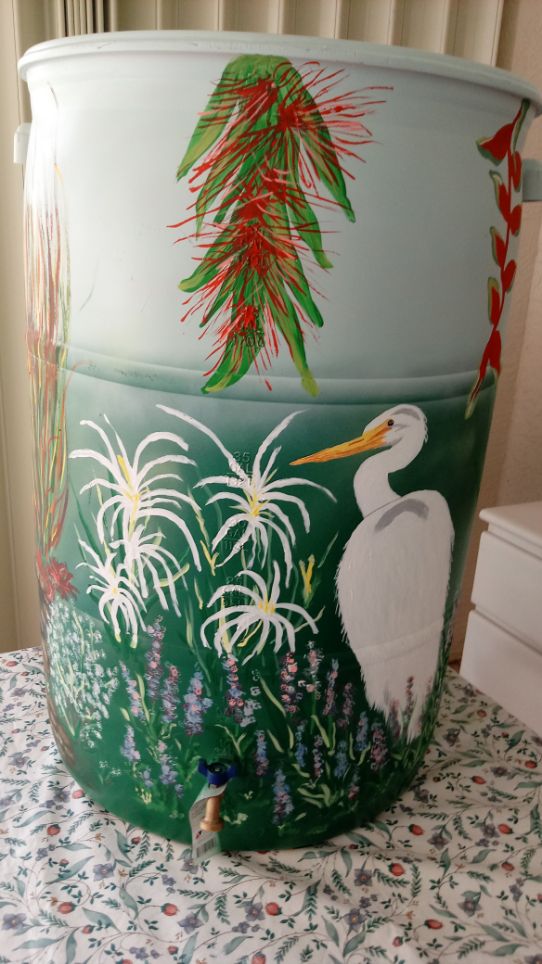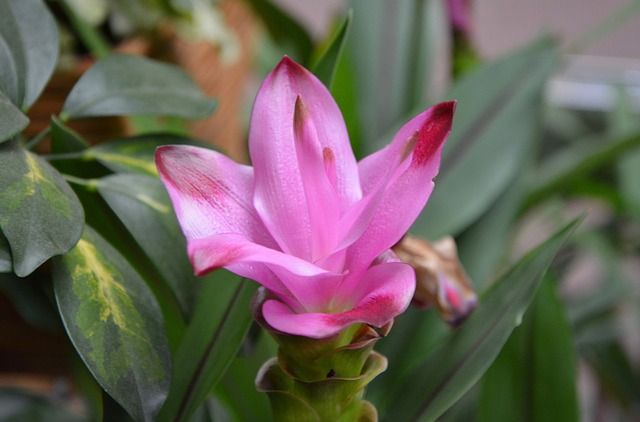Members only! Tour Sundance Orchid Nursery. 16095 S. Pebble Lane, Fort Myers. Meet at Publix (Cape Coral Parkway and Santa Barbara). Car pool leaves at 8:45 am. Tour starts at 10 am. Followed by lunch at Bahama Breeze 14701 S. Tamiami Trail.
Tag: Garden Club of Cape Coral
LCEC sponsors Cape Garden Club landscaping of Habitat’s Women Build home – Deborah Haggett

LCEC sponsors Cape Garden Club landscaping of Habitat’s Women Build home
April 15, 2021
Click Here for full article in the Cape Coral Breeze
The Lee County Electric Cooperative will sponsor the Garden Club of Cape Coral landscaping project for the 2021 Habitat for Humanity Cape Coral Women Build home. For the past 10 years, the Garden Club of Cape Coral has been invited by Habitat for Humanity to install the landscaping for its Cape Coral Women Build project. It has been a very successful collaboration over the years.
This year, the collaboration is expanding to include Lee County Master Gardener Volunteers, who will work with Garden Club members to design and construct a Florida Friendly landscape to compliment the home. The landscape will incorporate all nine principles of Florida Friendly Landscaping and will be documented in a video to be included in the 2021-2022 Landscaping classes held by the Lee County Master Gardeners.
LCEC is particularly interested in the first principle of the Florida Friendly Landscaping program, Right Plant Right Place. There are many factors to consider when choosing the best site for a plant. Two critically important considerations are where to dig for planting and the estimated size of the plants at maturity. Both are especially crucial when installing trees near below and above-ground utilities.
LCEC joins Garden Club members and Master Gardeners in reminding homeowners of the law to Call Before You Dig! Homeowners can avoid striking underground utilities by calling 811 or visiting the Florida website https://www.sunshine811.com to access a free utility locating service. It is best to call at least two days before you plan to dig. Electric, water, gas and cable companies will be notified of your plans and will come to your property to locate and mark the lines.
“This service is free for your safety … your family’s safety … your neighborhood’s safety.” For more information, please see the 2-minute video at the sunshine811 website.
When planting trees, it is also imperative to look up! Overhead electric wires tend to be approximately 18 feet above the ground. Many trees far exceed this height as they reach maturity. To avoid safety hazards later, take the time at planting to learn the growth patterns of your planting, including the estimated height at maturity.
Should you have a tree that encroaches on overhead utility line, please remember these safety precautions recommended by LCEC:
Touching or contacting power lines with tools may cause a powerful or fatal electric shock.
When pruning trees, all tools and trimmings must remain a minimum of 10 feet away from energized lines.
Only qualified line clearance arborists may work within 10 feet of energized lines.
Always contact LCEC before performing or contracting tree work near electric lines. LCEC can schedule safe clearing in advance of your tree care or de-energize the lines
“Tree care near power lines is dangerous and may cause serious injury or death.” Proper tree care saves lives!
The Garden Club of Cape Coral, Lee County Master Gardener Volunteers and Habitat for Humanity thank LCEC for its commitment to sponsor and promote safe gardening practices and Florida Friendly Landscaping. Together, a family in need will achieve its goal of homeownership with a low-maintenance, attractive, Florida Friendly yard while providing a demonstration landscape that will serve as a model for other residents.
Deborah Haggett is a Lee County Master Gardener Volunteer and a member of the Garden Club of Cape Coral. Visit us at www.gardenclubofcapecoral.com
—
https://www.lcec.net/about-lcec
https://www.sunshine811.com
May 2021 General Meeting

MEMBERS ONLY! Our first in person (masked face to masked face) meeting since last year! Bring a chair. Anyone needing help walking or carrying a chair should bring a spouse or helper. Social distancing will be implemented.
Florida Friendly Landscaping Principle #8 – Reduce Storm Water Runoff – Janetta Fox

Florida Friendly Landscaping Principle #8 – Reduce Stormwater Runoff
April 1, 2021
Click Here for full article in the Cape Coral Breeze
Florida receives a considerable amount of rainfall, especially during the summer. The storm water can remain and soak in where it falls, evaporate or wash away. This latter occurrence is known as stormwater runoff. Why should we be concerned about runoff? After all, it is just water, right? Not quite. Let’s look at residential areas as an example.
Rainfall that flows off the property does so without the benefit of the natural filtering of impurities that trees, turf, ground cover and other permeable surfaces such as paved walkways provide. Therefore, the flow, and the various sediment and pollutants gathered up along the way, work their way, unchecked, into sewer systems, aquifers, streams, canals, rivers and other waterways.
No matter where we live, whether or not in the vicinity of a body of water, we all live in a watershed and our local actions have considerable impact “downstream.” Until I began looking into the negative impact runoff has on the environment, I never gave much thought to it. I now recognize that, as homeowners, we can help reduce the amount of runoff on our properties by asking a few questions, a handful of which are shared below, and then taking mitigating action.
Are grass clippings allowed to remain on the lawn? After mowing, if you notice that portions have migrated to your driveway or into the roadway, sweep or blow the clippings back into the landscape, where they will add beneficial nutrients for turf health during decomposition. The same goes for leaves and other yard debris. Otherwise, the vegetation and the nutrients they contain, i.e., nitrogen and phosphorus, will get caught up in the flow. And, as we know, these two nutrients have been known to feed algal blooms which lead to fish kills.
How are downspouts positioned? Are they positioned so water remains in the landscape and away from the driveway? By making simple adjustments to spouting, rainwater can flow into landscaped areas for use by vegetation. You could also consider placing a rain barrel or cistern in the area to capture downspout water, which would serve to harvest the rainwater for future use.
If you observe that an area accumulates too much water in a storm’s aftermath, think about turning the area into a rain garden, making certain that the native or other Florida friendly plants you choose for inclusion not only enjoy wet feet but are also drought tolerant. With proper selection and a focus on right plant/right place you will better ensure that, once established, the plants will prove hardy with no special care or use of fertilizers and pesticides normally needed. A win-win for both your wallet and the environment!
And speaking of fertilizers and pesticides, do you use only as needed and according to label directions? When applying more than necessary for either, the excess nutrients that fertilizers contain and chemical content of pesticides have to go somewhere and when it rains that somewhere is into our waterways.
Is animal waste disposed of properly or left where deposited? And, if you have a septic system is it well-maintained? Animal waste and leakage from a malfunctioning system contribute bacteria and harmful microorganisms to the runoff mix. Therefore, be sure to pick up waste when walking your dog and get your septic system inspected every couple of years.
So, there you have it, a very brief introduction to the impact of stormwater runoff on the environment and actions homeowners can take to lessen that impact. For additional information regarding Florida Friendly Landscaping and the nine principles, visit https://ffl.ifas.ufl.edu.
Janetta Fox is a Lee County Master Gardener volunteer and member of the Garden Club of Cape Coral.
Sources:
Stormwater runoff. (n.d.). UF/IFAS University of Florida Gardening Solutions. Retrieved from https://gardeningsolutions.ifas.ufl.edu/care/florida-friendly-landscapes/stormwater-runoff.html
Watersheds. (n.d.) Southwest Florida Water Management District. Retrieved from https://www.swfwmd.state.fl.us/ watersheds
Florida’s Surprising Spring Plants – Cathy Dunn

Florida's Surprising Spring Plants
April 8, 2021
Click Here for full article in the Cape Coral Breeze
As a new Florida gardener, I was excited to think that I had landed in a spot where everything bloomed year-round. It was quite a surprise to learn that there are many plants that are dormant or drop their leaves and appear to die during the cool winter season. I actually discovered this quite by accident!
During my first summer here, I couldn’t resist purchasing a curcuma plant that was lush and flowering beautifully. As the summer progressed, it began to look a little less wonderful, so I did some research and decided I had placed it in a pot in too much sun on my lanai. So off to the shaded bed it went, protected by a palm tree’s shadow. But this didn’t appear to be a solution – the plant looked more pathetic with each passing day.
Being a total garden perfectionist, I finally lopped off the few remaining pitiful leaves and dutifully planted another specimen in its place to avoid a hole in my garden.
The following spring, I was shocked to find tightly furled leaves emerging around the bromeliad I had planted in what I thought was an open spot – it was the curcuma re-emerging! The bromeliad was quickly dispatched to another location and the curcuma was beautiful all summer, and in the fall, I happily cut it back knowing that it would emerge again in the spring.
I have several other plants that follow this pattern: a button ginger that is just now poking a few spikes up through the ground, a curcuma variety commonly known as “Siam Tulip,” and a fabulous Black Flamingo (Chrysothemis Pulchella), which is featured in the Edison Ford Gardens. These plants are so striking that I can endure an empty space for a few months while anticipating beautiful new growth each spring.
You have no doubt noticed plants and deciduous trees that go dormant and lose their leaves during the winter months. Plants such as caladium, canna, eucomis (pineapple lilies), goldenrod, plumeria and some varieties of ginger will die back in the cooler months, and emerge again when the temperatures warm, usually in early April. Deciduous shrubs and trees such as spirea, crape myrtle, beautyberry, sweetgum and red maples will lose most of their leaves, and burst back in March and April.
Many of our most beautiful flowering trees begin blooming in early winter, then lose their leaves and put on a final show of spectacular blossoms when all the leaves have fallen. The Hong Kong Orchid (Bauhinia), Trumpet Tree (Tabebuia), Silk Cotton Tree (Kapok), Golden Rain (Cassia), Jacaranda and Royal Poinciana are among our most exotic trees that drop their leaves, but the reward of long lived tropical blooms is well worth the brief leafless period.
Since we don’t often experience the dramatic temperature changes between seasons that we were familiar with in more northern climates, you might wonder what triggers dormancy in Florida plants. Most of our plants respond to the changing length of daylight hours, or the photoperiod, rather than a drastic change in temperatures. As the days shorten in November and December, plants respond by changing color or dropping leaves; even turfgrass growth slows in response to shorter days. Many of our landscape plants slow their growth in response to the shorter daylight hours as well; “annual” flowering plants in my mixed containers will shed many of their leaves and reduce blooming but are now filling out again in response to the longer days.
Bulbs are among the most familiar dormant plants that emerge in spring. Florida’s climate is well suited for a variety of tropical and subtropical bulbs, including Agapanthus, Amaryllis, Crinum Lilies, Crocosmia and Hurricane, Rain and Spider Lilies. Unlike bulbs such as daffodils and tulips that are planted in northern climates for spring blooms, these bulbs do not need to be pre-chilled. Bulbs can be divided or planted in fall, and you can also give bulbs a head start by planting them in pots in early spring and transplanting them to your garden beds after blooming.
The University of Florida has excellent detailed information on growing bulbs in Florida: https://ufdc.ufl.edu/R00002886/ 00001 and https://gardeningsolutions.ifas. ufl.edu/plants/ornamentals/bulbs-for-florida.html
Gardening in Southwest Florida is a fascinating hobby that offers surprises and new discoveries for even seasoned gardeners! Our abundant sunshine and warmth provide a wonderful tonic for the soul, and the best news is that these ideal growing conditions are not limited to spring and summer as in northern areas. We are fortunate to have a wide variety of plants that ensure that something is always blooming in our landscape, and an excellent resource in the University of Florida to guide us as we explore the wonders of our subtropical climate!
Cathy Dunn is a Lee County Master Gardener Volunteer and Garden Club of Cape Coral member.
